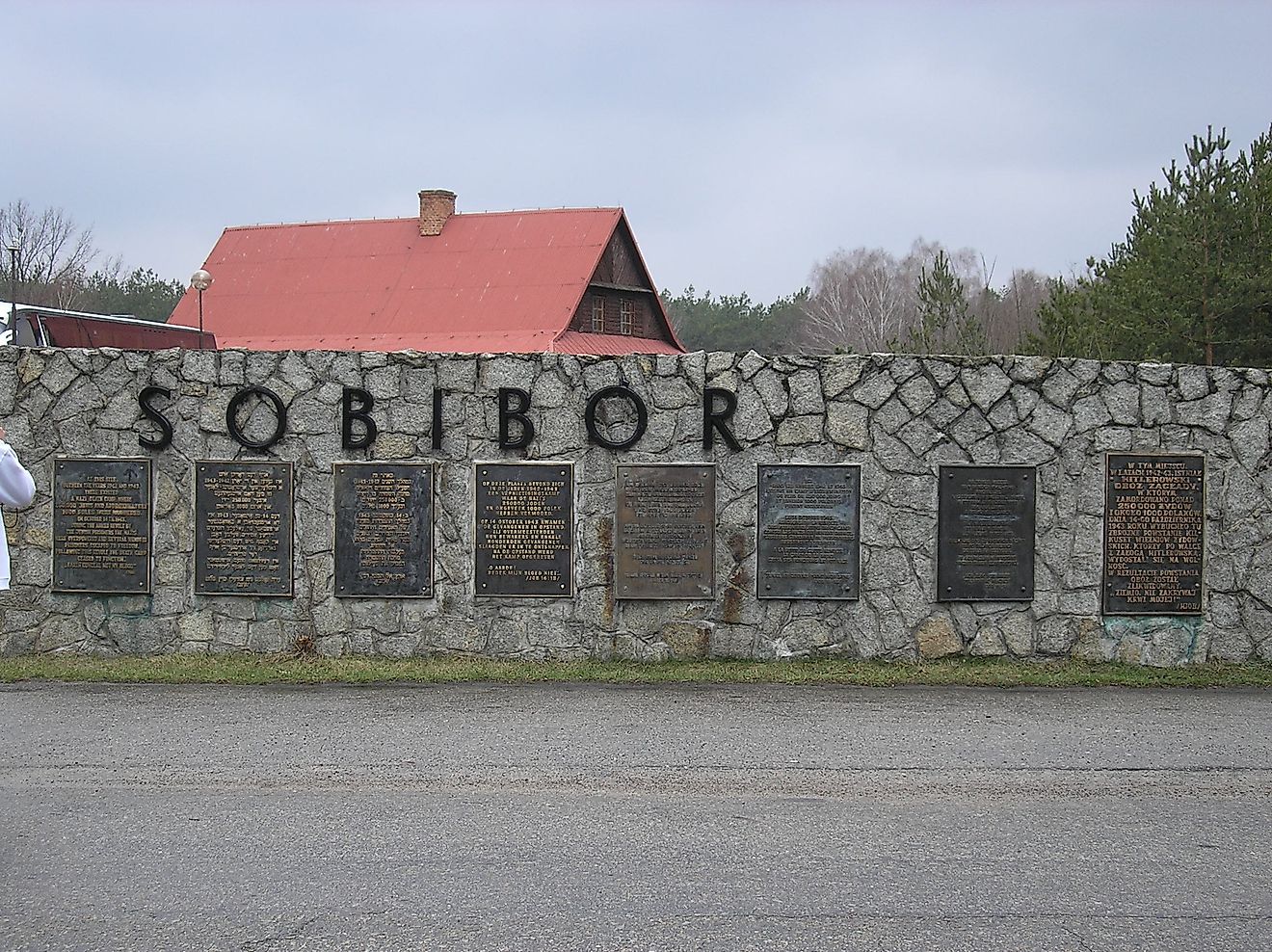Who Was Red Cloud and What Did He Do?

The famous Sioux Chief Red Cloud was one of the most prominent North American historical figures of the 19th century. He is most known for his contributions to the preservation of Native American lands during the build of the Bozeman Trail. Red Cloud was also instrumental in the general resistance to the reallocation of Native American tribes from their Sacred lands during the United States expansion. His efforts are now well known and respected globally, especially his continuous fight to improve the living conditions of the Native Americans that lived on the reservations.
Early Days of Red Cloud
Red Cloud was born in 1822 in what is today’s Nebraska and was named after an interesting weather phenomenon in the form of crimson clouds that appeared when he came into the world. His father, Lone Man, was from a tribe called Brule Sioux and his mother Walks as She Thinks was a part of the Oglala Sioux tribe. When Red Cloud was around five years of age, his father died and the Oglala Sioux tribe’s leader who also was his mother’s uncle, took him under his wing.
While growing up, Red Cloud showed extraordinary courage and skill in the battles which his tribe led against other Native American tribes, so much so that he was revered for his acts of bravery. He also became very skilled at hunting which was essential for a young warrior as well.
Red Cloud's Pièce de Résistance
His main role in history was certainly centered around the tireless unwillingness to accept and allow for white people’s expansion into the Native American lands. Initially, the United States government tried to arrange several treaties with the Native people in an attempt to get their land. They were also focused on constructing a faster way to get to the gold found in today’s Montana. The way to do that was to build, what was called a Bozeman Trail, after John Bozeman, who aided in establishing the trail.
The famous negotiations in 1866, which centered around the Trail, were organized in Fort Laramie, just along the Trail itself. However, that wasn’t the only Fort that was propped up. Red Cloud had no intention of agreeing to the conditions presented in the negotiations, especially after being witness to the aggressive expansion into their Sacred territories. Although the US government felt that it would be easy to defeat Native American tribes who posed a problem to their agenda, Red Cloud rallied together different tribes under the same goal - to drive away the white usurpers. Being outnumbered by the hundreds, the army of soldiers led by Captain William Judd Fetterman were quickly killed and the battle was recorded in history as the Fetterman Massacre.
Signing the Treaty and Old Age
Although Red Cloud and his tribes were generally successful in their efforts to protect their land from foreign expansion and takeover by burning all the forts alongside the Bozeman trail, in 1868, they finally signed a peace treaty. The Fort Laramie Treaty recognized the Black Hills, which are sacred to the Sioux tribes, as their land for all time and that they could settle there without being encroached upon by anyone.
Things didn’t go as planned and as soon as there was gold found in the Black Hills, the miners from all over started to pour into the native territory. Although the Treaty was supposed to stop it from happening, the miners requested protection from the government and the army which ultimately led to new battles against Native people. Red Cloud dedicated decades of his life to being a mediator and attempting to bring peace to the two opposing sides, with varying degrees of success. He settled in the Pine Ridge reservation during the 1870s where he stayed for the remainder of his life.
Red Cloud ultimately resigned as a tribe chief in 1903 when his son Jack took over his place. He died several years later, in 1909 at the age of 88, and found his final resting place in Pine Ridge reservation.











